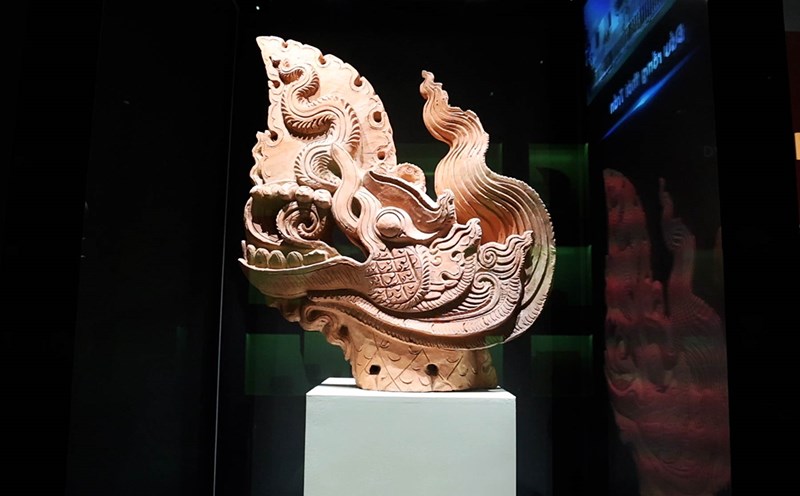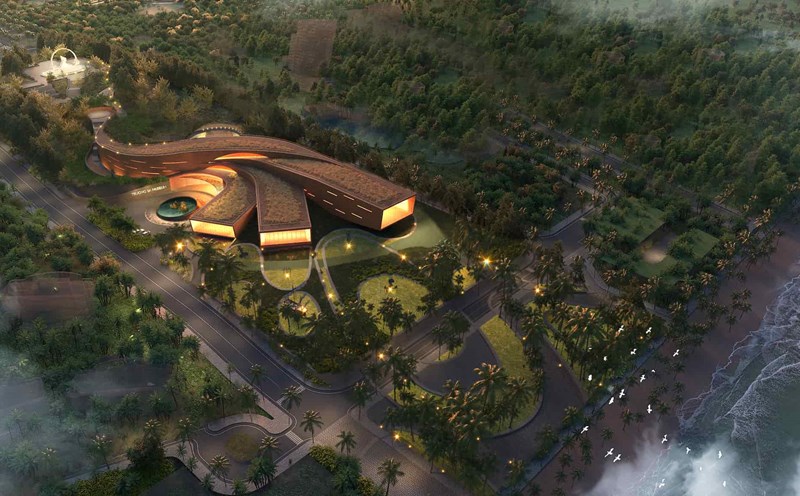Museums are places to preserve the material and spiritual values belonging to the past of a field, a community culture, and more broadly, of humanity. Therefore, museum workers play an important role in preserving and promoting cultural heritage so that museum activities can continuously develop strongly and sustainably, attracting domestic and foreign tourists.
According to unofficial statistics, many local museums are still lacking in staff with in-depth expertise in areas such as conservation, selection, exhibition, digital media, and heritage education. Some museums even have personnel who are only " part-time" from other departments, lacking those who are well-trained in museum studies or heritage management.
In developed countries, museums are an open space, where every curator, media or tour guide is a "cultural ambassador", capable of storytelling, interacting with visitors, and applying technology. In our country, many museum staff are still inclined to think about administration, receiving little training in new skills, especially when museums have to transform in the context of digitalization and creative economy.
We are talking a lot about developing the creative economy and cultural industry. Museums are an important link in this value chain. To make museums an attractive and competitive "cultural product", human resources must be renewed in both knowledge and service thinking.
That requires a clearer human resource investment policy: From building specialized training programs, sending staff to study in international models, to innovating recruitment and treatment regimes to attract young people, those with digital skills and creative thinking to work in museums.
Developing museum human resources cannot be done in a movement-style way. There needs to be a long-term strategy, associated with the requirement to modernize the museum industry, integrate with international trends, and at the same time respect identity values. In particular, when the younger generation of the public is demanding a more attractive and interactive museum experience, then people are the key.
A museum cannot "live" if the museum's human resources are still "standing still".













